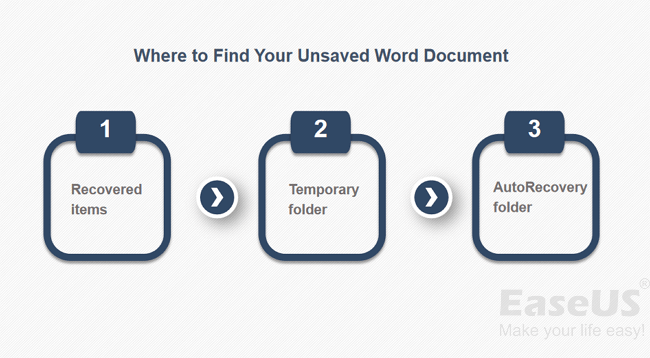
Next, click Mark Citation > the Mark Citation dialog box will open > do the following:.Next, check "Keep original formatting" > select Leader style (.).IF your professor does not want you to use passim, un-check it.Usually if a source is cited 5 times passim will be used. The computer will bypass such sources in your document and use passim instead of listing all the individual page numbers. Passim refers to a source that's used many times in a document.
 Locate the first citation to an authority > highlight citation > go to Insert (at top Word tool bar) > Index & Tables > select Table of Authorities > a dialog box will open > do the following:. Briefs will have a variety of authorities what you want for the TOA is the specific page where you actually cite to the authorities. Double check your citations before you begin to be sure all are correct and your short forms are consistent. When you have marked all your citations and insert your TOA, Word searches for the marked citations, organizes them by category (e.g., cases, statutes, rules etc.), references their page numbers, and displays the TOA in your document. To create a TOA you "mark" your citations and Word inserts a special TA (Table of Authorities Entry) field in your document. A Table of Authorities lists the references in a legal document (i.e., appellate brief) along with the number of the pages the references appear on. Generate and insert your TOA into your document.
Locate the first citation to an authority > highlight citation > go to Insert (at top Word tool bar) > Index & Tables > select Table of Authorities > a dialog box will open > do the following:. Briefs will have a variety of authorities what you want for the TOA is the specific page where you actually cite to the authorities. Double check your citations before you begin to be sure all are correct and your short forms are consistent. When you have marked all your citations and insert your TOA, Word searches for the marked citations, organizes them by category (e.g., cases, statutes, rules etc.), references their page numbers, and displays the TOA in your document. To create a TOA you "mark" your citations and Word inserts a special TA (Table of Authorities Entry) field in your document. A Table of Authorities lists the references in a legal document (i.e., appellate brief) along with the number of the pages the references appear on. Generate and insert your TOA into your document.  "Mark" the citations (authorities) in your document. The 2 basic steps to creating your Table of Authorities:
"Mark" the citations (authorities) in your document. The 2 basic steps to creating your Table of Authorities:






 0 kommentar(er)
0 kommentar(er)
